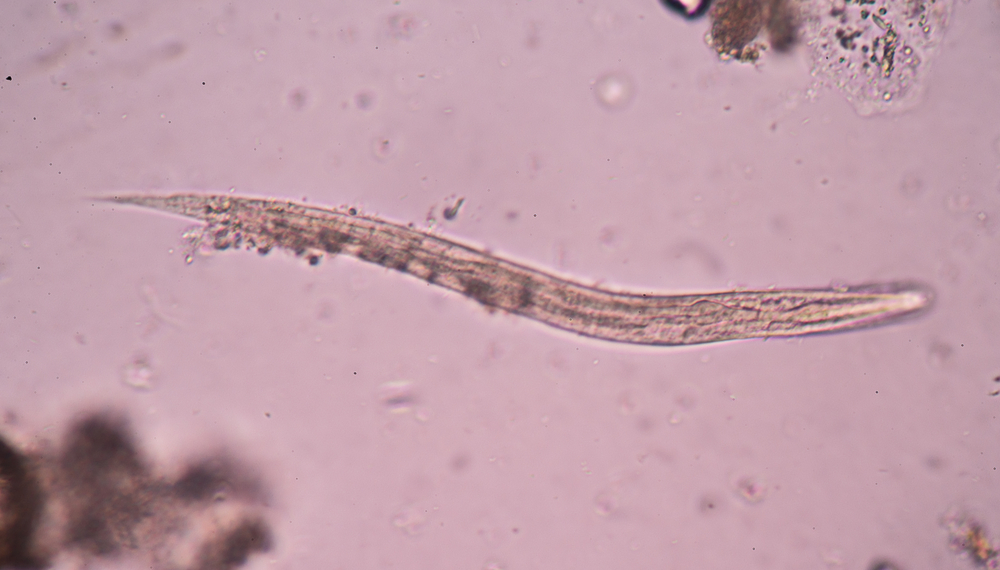Roundworms May Be Used to Screen Substances in Battle Against Alzheimer’s

California-based researchers from the Buck Institute for Research on Aging created a method capable of screening substances that might be effective in age-related conditions such as Alzheimer’s disease — with the help of roundworms.
The new tool, presented at the Allied Genetics Conference in Orlando, Florida, on July 15, makes use of six different strains of roundworms, using the short lifespan and the genetic differences between the strains to quickly screen for substances that might also work in humans.
The research leading to the new tool was a collaborative effort, also involving scientists from the University of Oregon and Rutgers University, joining forces in a consortium named the Caenorhabditis Intervention Testing Program (CITP), funded by the National Institute on Aging.
“There is a key need for pharmaceuticals that can combat Alzheimer’s and Huntington’s disease, cancer, and other diseases related to aging,” Mark Lucanic, a postdoctoral fellow at the Buck Institute leading the research, said in a news release. “We are trying to identify chemicals or compounds that have potent effects on improving lifespan across multiple organisms because these might have a good chance at turning into future drug leads for treating age-related diseases in humans.”
The idea for the method came from the notion that aging processes are both complex and likely determined by various genetic factors. Gathering three strains of the roundworm C. elegans and another three from the worm C. briggsae provided researchers with a mixed genetic pool for testing compounds.
One aspect of chemicals tested in this system are evaluated: Can they extend the lifespan of the worms? If a compound is effective in several strains, it is more likely that it might also be effective in humans. The method rests on another feature of the worms. They live about three weeks, so analyzing changes in lifespan is a quick task.
Despite obvious differences in features between humans and worms, roundworms are popular in biomedical research, since they share numerous molecular and genetic traits with humans.
“We hope that eventually some of the chemicals that we’ve tested that have promising effects on longevity could be fast-tracked for testing in vertebrates,” Lucanic said. “If they prove effective there, they might one day form the basis of human drugs that can combat aging and age-related illnesses.”
One compound called Thioflavin T increased the lifespan in all the tested worms, doubling the lifespan of one strain. The compound is used in laboratory dyes that bind to amyloid-β plaques — a hallmark of the Alzheimer’s brain.
Buck researchers have previously published a study showing Thioflavin T’s effectiveness in one of the strains, and they believe the compound improves protein housekeeping, helping the worm to produce, fold, and clear proteins.






